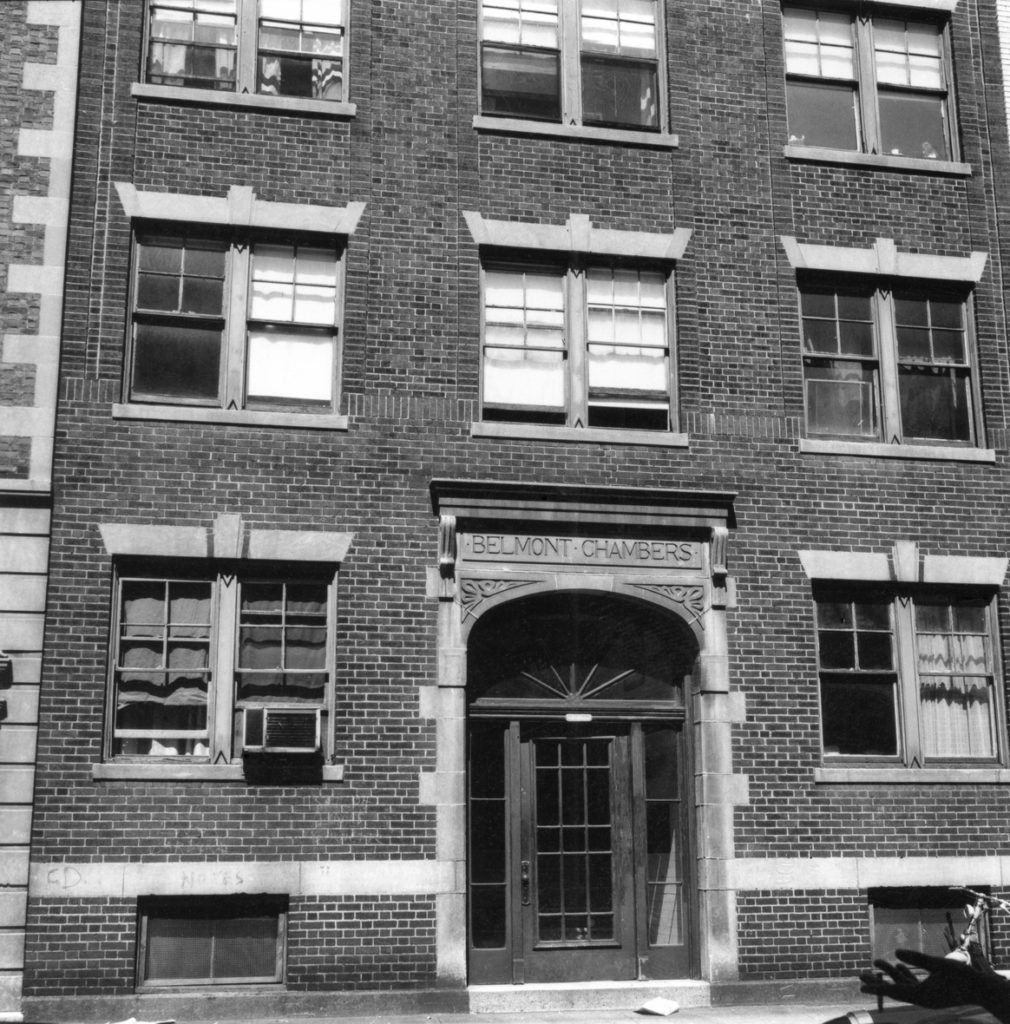A Brief History of the Neighborhood and the Cooperative

The Symphony Area in Boston’s East Fenway is a densely settled neighborhood of brick and brownstone row houses — a variety of residential architecture in a central urban location. For more than two decades, this neighborhood suffered a history of transience and building neglect. The situation worsened in the early 1970s when a rash of arson fires and building abandonment caused property values to decline and conditions to deteriorate. In addition, the 1970s were a period of rapid growth for nearby schools such as Northeastern University, The New England Conservatory, and Berklee College of Music, hospitals in the Longwood Medical Area, and institutions such as the Christian Science Center. This growth intensified the competition for the remaining housing in the neighborhood and contributed to forcing many established low and moderate income people to leave the neighborhood. In response to these combined pressures, the concerted efforts of several neighborhood organizations helped turn the neighborhood around. One of these organizations was Symphony Area Renaissance, Inc. (SARI).
SARI was a nonprofit community organization incorporated in 1978 by neighborhood homeowners, residents, and businesspeople. Its mission was to stimulate revitalization of the area and to recycle vacant and burned properties into affordable housing.
Belmont Chambers Cooperative and the condominium properties next door were rehabilitated from buildings that were significantly damaged by the arson fires. SARI also established the Symphony Area Renaissance Trust to guarantee the limited equity nature of Belmont Chambers and to protect its affordability in the long term. The reconstruction of Belmont Chambers was completed in 1985 and it became a cooperative in 1987. SARI also completed the rehabilitation of the four bow-front buildings at 29, 30, 31, and 33 Symphony Rd. Previously burned and abandoned these buildings now contain 22 apartments occupied by low and moderate income individuals as Batavia Cooperative. Symphony Road was once known as Batavia Road.